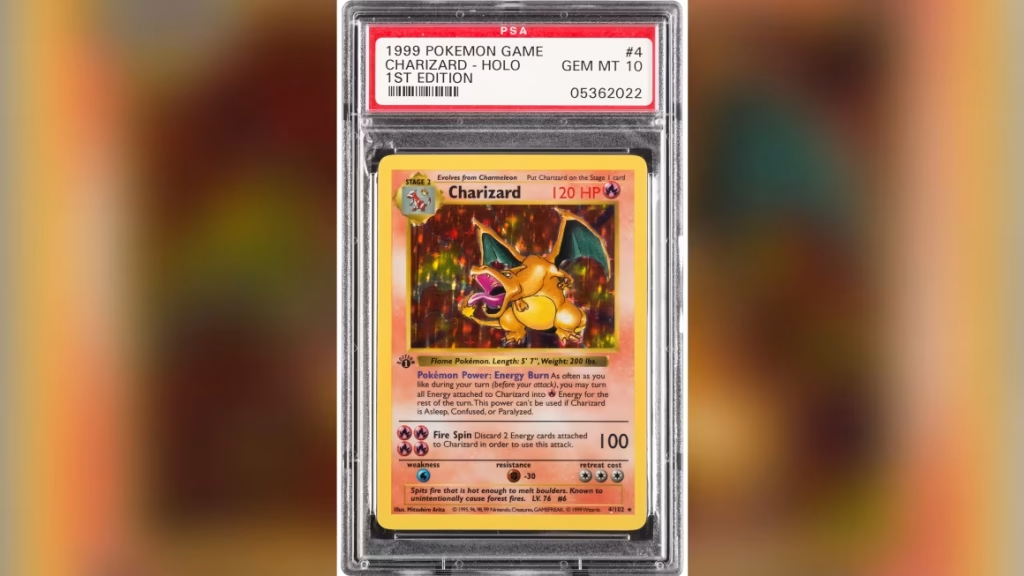When you think of sound investments, your mind probably goes straight to the stock market — S&P 500, tech giants, blue-chip dividends. But what if I told you that a Charizard card might outperform your 401(k)?
No, this isn’t a joke. Over the past decade, rare Pokémon cards have quietly evolved from nostalgic collectibles into serious alternative assets — and in some cases, they’ve left traditional investments in the dust.
Let’s dig into why Pokémon cards might actually be a better investment than stocks.
1. Massive Returns — If You Catch the Right Ones
Between 2019 and 2021, the value of a 1st Edition Base Set Charizard PSA 10 skyrocketed from around $20,000 to over $400,000 at its peak. That’s a 1,900% return in two years.
By comparison, the S&P 500 returned about 47% in that same period — impressive, but nowhere near the high-flying fire lizard.
Yes, not every Pokémon card will 20x, but this kind of upside is almost unheard of in the stock market unless you’re in penny-stock or crypto territory.
2. Tangible Assets in a Digital World
Stocks are just numbers on a screen. Pokémon cards? They’re real. You can hold them, grade them, display them, and even flex them. In an era when most assets are digital, the physicality of a rare card adds emotional — and sometimes financial — value.
Collectors don’t just invest in Pokémon for money; they do it for passion. That demand is sticky, and it creates a floor that many speculative investments lack.
3. Lower Correlation With Market Volatility
During stock market crashes (like in early 2020), Pokémon cards didn’t plummet in the same way. In fact, some increased in value.
Why? Because collectibles tend to behave differently from traditional markets. They’re influenced more by collector demand, scarcity, cultural relevance, and nostalgia — not interest rates or earnings reports.
That makes Pokémon cards a compelling hedge or diversification play, especially when the market gets turbulent.
4. Cultural Relevance That Keeps Compounding
Pokémon isn’t just a 90s fad — it’s the #1 media franchise in the world, beating out Star Wars, Marvel, and even Mickey Mouse. That kind of global recognition means new generations keep discovering the brand, and old fans keep coming back with more money in their pockets.
As the player base matures, nostalgia turns into purchasing power. And that fuels long-term demand for vintage cards, especially in top condition.
5. Supply Is Fixed. Demand Is Not.
You can print more shares of stock. You can split them. You can dilute them. But there are only so many 1st Edition Pokémon cards — and even fewer that are PSA 10.
As time goes on, supply dwindles: cards get lost, damaged, or locked away in collections. Meanwhile, new collectors keep entering the space.
This creates a classic economic dynamic: limited supply, rising demand. That’s investment gold.
Final Thoughts: Should You Go All-In on Pokémon?
Not necessarily. Stocks offer liquidity, dividends, and regulatory protections that collectibles don’t. Pokémon cards require careful storage, market knowledge, and a willingness to sit on physical inventory.
But if you know what you’re doing — or you’re willing to learn — high-grade Pokémon cards can offer outsized returns, portfolio diversification, and the joy of owning a piece of pop culture history.
In a world where bonds barely beat inflation and tech stocks are increasingly crowded trades, Pokémon might just be the most fun you’ll ever have growing your net worth.


